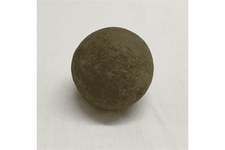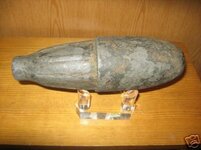firehelm100
Tenderfoot
- Aug 9, 2017
- 8
- 2
- Primary Interest:
- All Treasure Hunting
Hi,
Today i found a metal ball on the beach (what i believe is metal) 3.8cm diameter weighing 91ish grams. My dad believes its not metal but i think it is.
Can anyone help us identify?
I also nipped a bit of the ball off on the grinder and it sparked and showed a shiny surface.
Cant wait for a reply
Lewis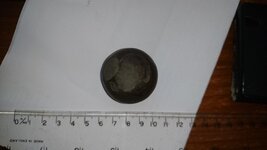
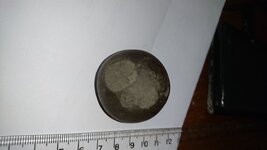
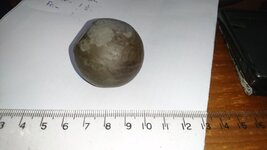



Today i found a metal ball on the beach (what i believe is metal) 3.8cm diameter weighing 91ish grams. My dad believes its not metal but i think it is.
Can anyone help us identify?
I also nipped a bit of the ball off on the grinder and it sparked and showed a shiny surface.
Cant wait for a reply
Lewis






Amazon Forum Fav 👍
Last edited:



